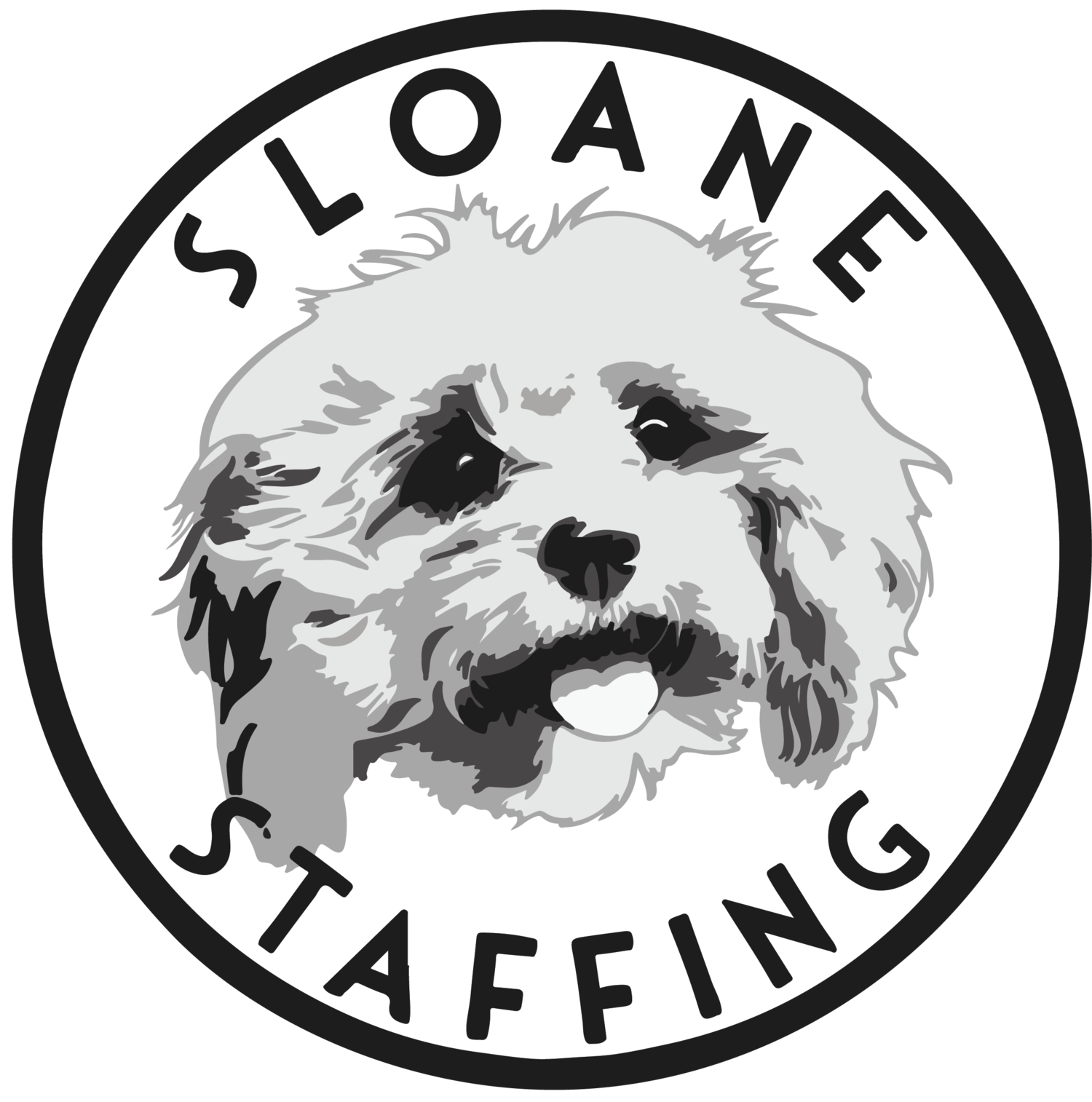Looking To Build Your IT Team In 2022? Here Are The Most Important Roles
Where does the future of IT lie?
If you’re any one of the major providers of cloud services, IT services, hardware, or SaaS providers, it’s in tech’s ability to innovate across any and every industry.
The last couple of years have seen revolutionary changes to previously staid and immovable traditional working sectors: consider Logistics tech, Health-tech, Education Tech, and Financial Tech, cryptocurrency and blockchain - challenger companies, challenger innovators, and previous outlier tech-leaders are now flying the flag for change in industries crying out for more efficiencies and digital rebuilding.
While COVID-19 has most certainly been the arbiter of some of these changes, the writing has been on the wall for a number of years: as latency improves, and as theoretical innovations such as the Internet of Things, 5G and AI become ubiquitous in work and homes, change becomes possible. However, change doesn’t become inevitable without the right talent leading the line.
During bouts of rapid innovation and digital transformation of analog industries into hybrid-tech work sectors, the people driving the change have to contend with one major issue: that of our domestic, existing workforce.
For anything to work at scale the infrastructure has to be ideated, funded, examined, analyzed, and built. This takes a huge commitment from VC’s and banks, affiliated companies, builders, IT professionals, lawyers, surveyors, and energy companies, which means committing to something innovative is more than just a good idea - it changes the outlook and makes up of whole communities, areas, and industries.
These innovations require talent. Some of the required talent pools are incredibly small (consider software developers), so a further consideration for many looking at scaling innovations over years is: how effective are the existing training and recruiting funnels? Will enough people be working in this particular industry to maintain growth or progress in 1, 2, 5, or 10 years? What do I need to look out for in talent pools to make sure my company and industry is secure and growth-minded?
One way many look at emerging IT is by mapping trends, and as we shift into the last 2 quarters of 2021, we want to look at 2022 - what sort of IT trends are looking to define the next year, and what particular type of talent do you need to consider hiring to stay ahead of the tech curve?
Cloud Architect
Data, accessible from anywhere. Service provider fees are affordable. In-house tech costs are massively reduced. Trusted and secure cloud providers. The cloud has changed everything and is only stated to grow in 2022.
In 2020 it was noted that on average a third of any major enterprises’ IT spend was on Cloud services. The entire industry was worth approx. $330 billion. Hybrid cloud adoption for cloud users was at 58% and rising, and cloud services were penned to process 94% of all IT workloads in 2021.
In 2022, public cloud services are expected to exceed $480 Billion, with significant improvements and investment in more sustainable energy use and practice to improve the overall impact of the sector on the environment. The cloud will also be central to the idea of “compostable business” - a global IT operational approach to business curation and support that factors in significant disruption through encouraging modular business management.
Security Professional
We want to use “security professional” as a catch-all for professionals in the: cybersecurity, network security, information security, and data security fields.
As data use and creation increases, and as the wave of cyber hacks, malware issues, and data breaches increases, business leaders need to be hyper-cognizant of emerging threats and possible vulnerabilities in digital spaces, such as remote desktop hacks, mobile e-commerce data theft, cloud security breaches, and IoT security vulnerabilities.
Mobile Application Developer
A talented MAD needs to be collaborative, design-driven, and obsessed with UX. As the world increasingly leans mobile, the necessity for talent in enterprises to be focused solely on mobile device innovation increases exponentially, especially in the fields of edge tech, the IoT, mobile wallets and payment, and beacon technology.
Helpdesk Professionals
It stands that the more people are using digital platforms, engaging across digital mediums and reliant on digital networks, the more levels of support will be required to deal with the inevitable rise in queries, complaints, and line fixes.
Although this sort of role is an already established one, as front-line customer-facing professionals these people are the first port of contact for potentially all of the above - as such, the balance of tech know-how and customer service soft skills will make or break this job, and the tech support talent in the customer-facing field will have to rapidly increase in numbers to take stock of the changing job role of Helpdesk talent.

